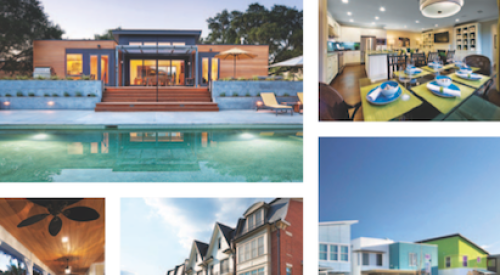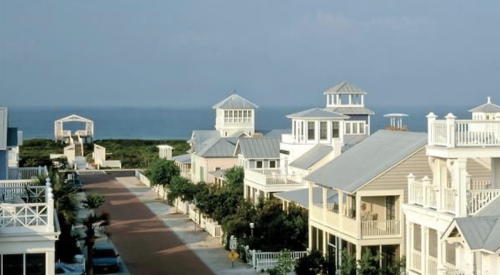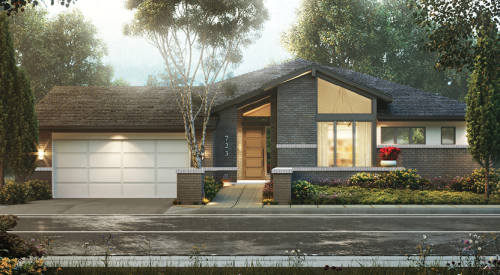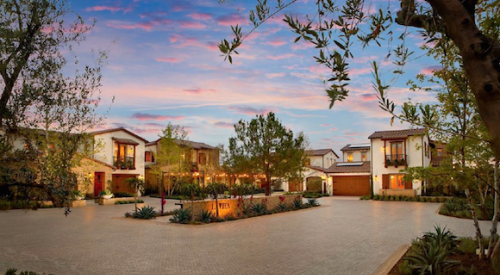 |
||||||||||||||||||||||||
 |
||||||||||||||||||||||||
|
|
||||||||||||||||||||||||
The end of World War II marked a watershed, not only in global geopolitical relationships, but in the development of the American community as well. For over a decade and a half this nation had struggled with an unprecedented economic melt-down followed by a battle for survival of the free world as we knew it.
Nowhere was the echo of that memorable era more at play than in the postwar dominance of suburban development throughout the land. The roots of this remarkable explosion of houses on the landscape already existed in the small towns and urban neighborhoods that defined the American living environment. But never had an impetus for the scale and rate of change occurred as it did in the post-war era. It is still with us.
For much of that period we simply tried to keep up. Yet, the pace of change and volume of development sometimes tends to obscure what we have learned from all of the subdivisions, site plans and planned developments launched, processed by local governments and experienced by generations of Americans.
Much of that development happened a few houses at a time on a few acres scattered across the landscape, united by whatever devices could be organized by our cities, towns and counties. Not all of it, however. A surprising number of communities evolved on a large scale, intentionally, with the benefit of vision, creativity and perseverance of an entrepreneur, a company, a land owner, or community leader. It is a fascinating and compelling story. The part we share here reflects a consistent truth through the ebb and flow of private investment, governmental guidance, public interaction and technological transformations through which we have lived these past 60 years or so. That truth is that, while mistakes both large and small have certainly been made, master-planned communities have been a powerful source of ideas for building better communities.
Though the list of examples offered here is intentionally brief, their net contributions to the art and science of community building is remarkable. It is important to note that good ideas — new ideas — often appear in parallel, not in sequence. Many development-related issues pop up in a number of areas at the same time. In addition, those of us in the planning and development field are legendary borrowers of good ideas.
The Meaning of it All
Ours is a constantly evolving laboratory that spins off notions of community in seemingly endless combinations. Let's look at some of our favorite examples and see what they reveal. In infinite combinations we are making and remaking America. Redevelopment occurs in suburbia now. In parallel with that process, master planned communities function as laboratories in community building as well. Market economics — measured in dollars and in environmental stewardship that is priceless — are both finding ways to be well-served. The communities featured here demonstrate the wisdom of both — for today and for the future.
Randy Jackson, President of The Planning Center, a Costa Mesa, California-based multi-disciplinary planning firm, has designed and managed nearly 200 master plans, over the course of his 35-year career. John Martin, President of Martin & Associates LLC, a Newport Beach, California-based strategic marketing firm, developed 33 value-based Guiding Principles, Strategies and Success Elements to create a shared vision for communities and neighborhoods of the 21st century.












